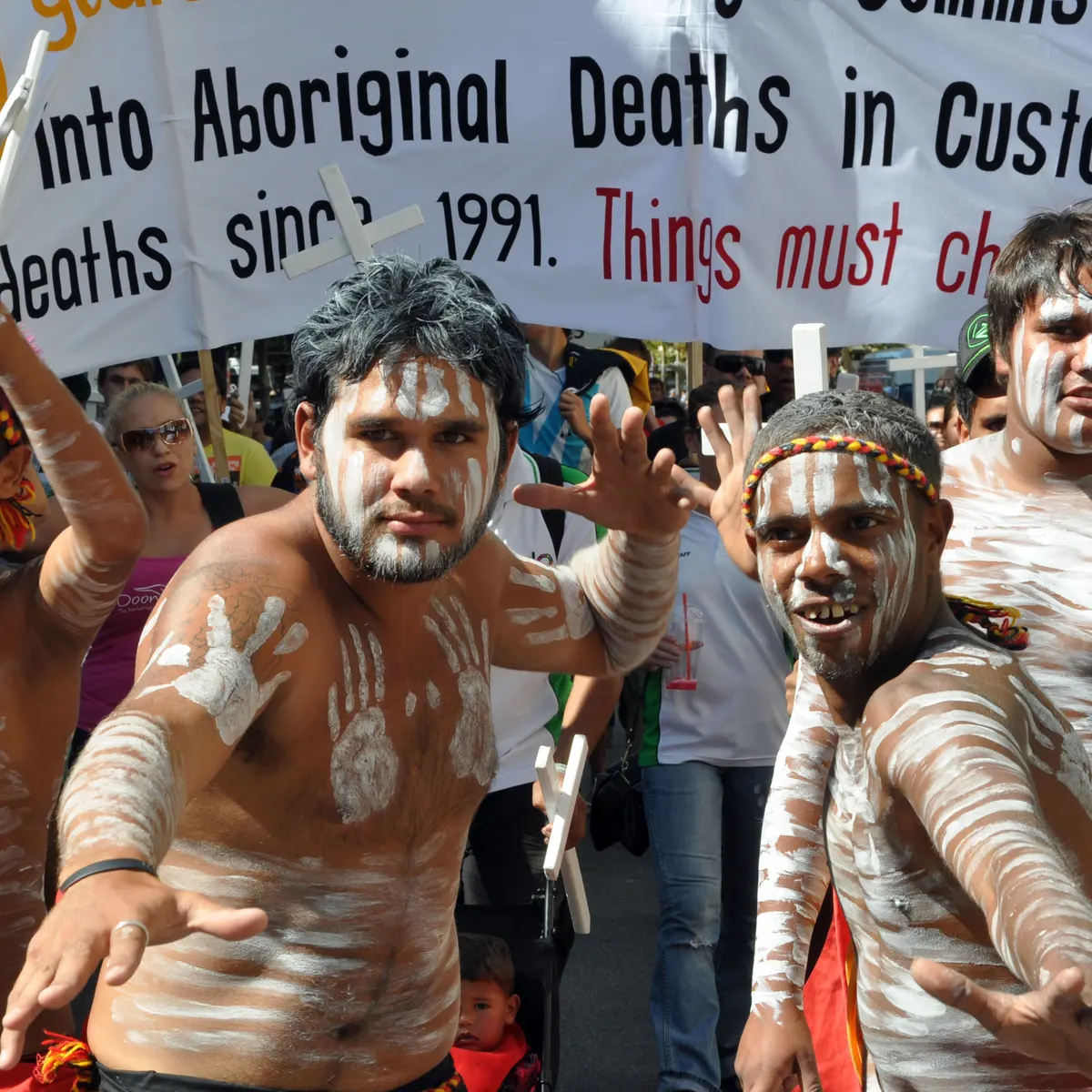Raylene Nixon softly expresses, “It’s an indescribable pain.”
“It’s deeper than a broken heart; it’s a pain that penetrates your soul.”
In 2021, she sat in a stark room, witnessing Australian police footage of her son’s final moments in real-time. She watched as Steven Nixon-McKellar struggled for breath and begged for help.
“Choke him out,” urged one officer captured in the body camera footage, before another applied a chokehold on Steven Nixon-McKellar.
Moments later, the 27-year-old Indigenous man lost consciousness. Despite efforts by paramedics, he couldn’t be revived due to vomit obstructing his throat.
Steven Nixon-McKellar is one of 562 Indigenous Australians who have died in police custody since 1991 – the year a significant inquiry aimed at addressing this issue released numerous recommendations.
However, few of these recommendations have been put into practice, studies indicate, and Indigenous individuals continue to die at alarming rates while in police custody, prison cells, or during arrest.
According to government data, last year marked the deadliest on record.
Police advocates argue that officers use necessary force when faced with life-threatening situations and that each death is thoroughly investigated.
Critics, however, point to a “culture of impunity” where cases alleging excessive force are investigated by police themselves. They note that there has never been a conviction of a police or corrections officer over an Indigenous death in custody.
“We’re sending a message to society about what is and isn’t acceptable behavior,” says criminologist Amanda Porter. But Raylene Nixon wonders if they would have acted differently if her son had been white.
“The only thing they knew about him was the color of his skin,” she tells the BBC.
The findings from a coroner’s inquiry into his death will soon be made public.
His case shares similarities with the death of David Dungay Jr inside a Sydney prison in 2015, a case that gained national attention and has been likened to George Floyd’s death in the US.
Like Mr. Floyd, Mr. Dungay also repeatedly cried out “I can’t breathe” in his final moments.
A diabetic, the 26-year-old was attempting to eat a packet of biscuits when six guards entered his cell to restrain him, using a riot shield. Five of them pinned him face down on a bed and sedated him.
“You’re the one who brought this on yourself, Dungay,” one officer can be heard saying in footage of the incident. “If you’re talking, you can breathe,” another adds.
Corrective Services New South Wales has asserted that the death was not suspicious, and an internal investigation found no criminal negligence.
A coroner concluded that “agitation as a result of the use of force” contributed, along with Mr. Dungay’s pre-existing health conditions, but declined to refer the case to prosecutors.
“And in Australia at the moment – it’s open season.”
“They only knew the color of his skin.”
Mr. Nixon-McKellar died during his attempted arrest following an anonymous call to Queensland police alleging he had been driving a stolen vehicle.
The involved officers have defended their use of the neck hold – now banned – stating that he was “fighting” them at the scene, making it difficult to deploy a taser or pepper spray.

